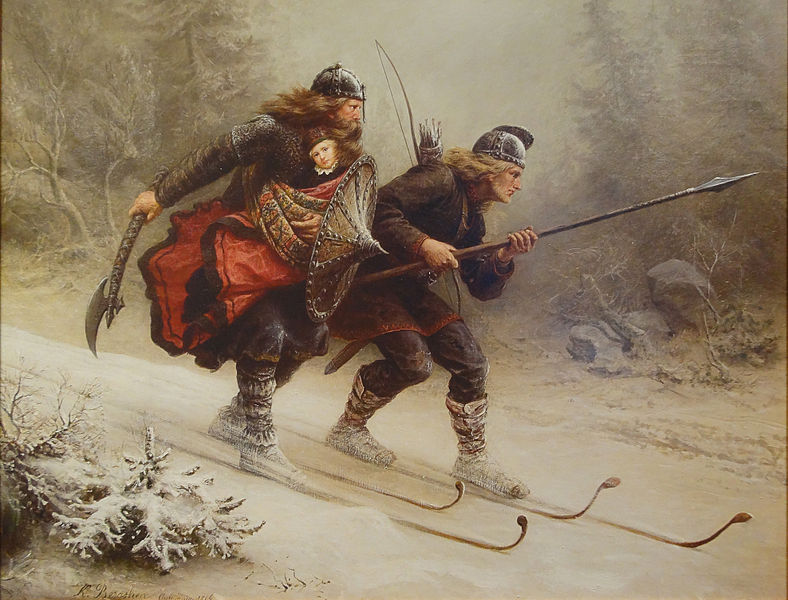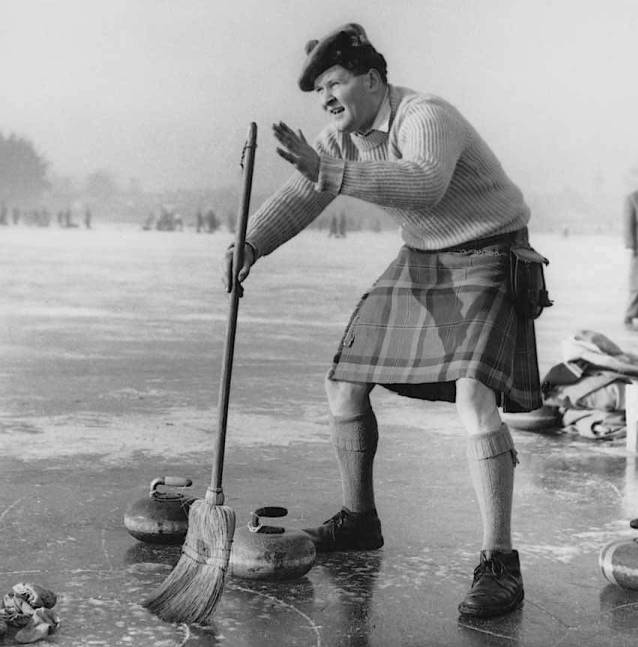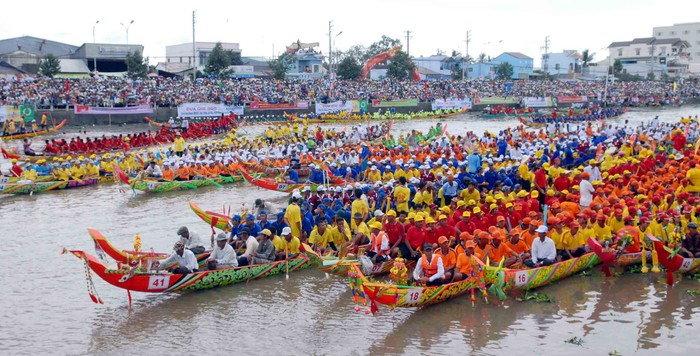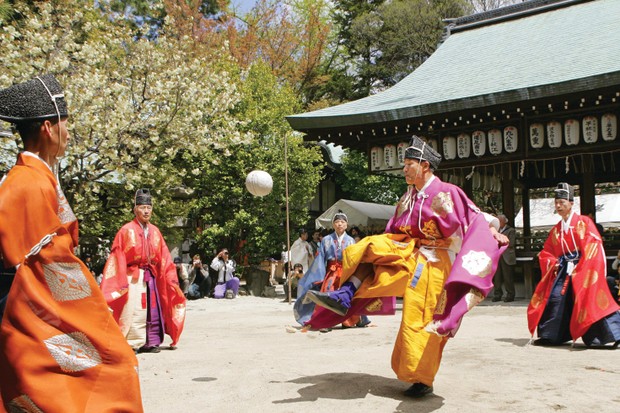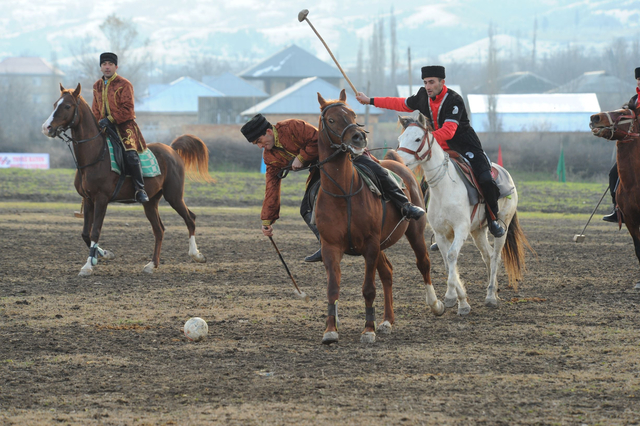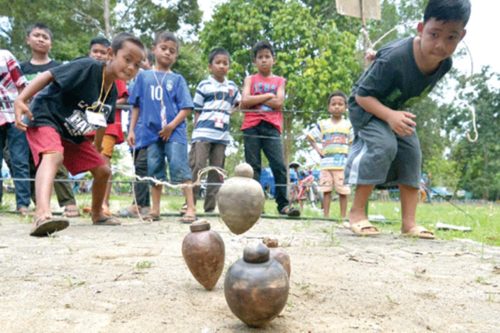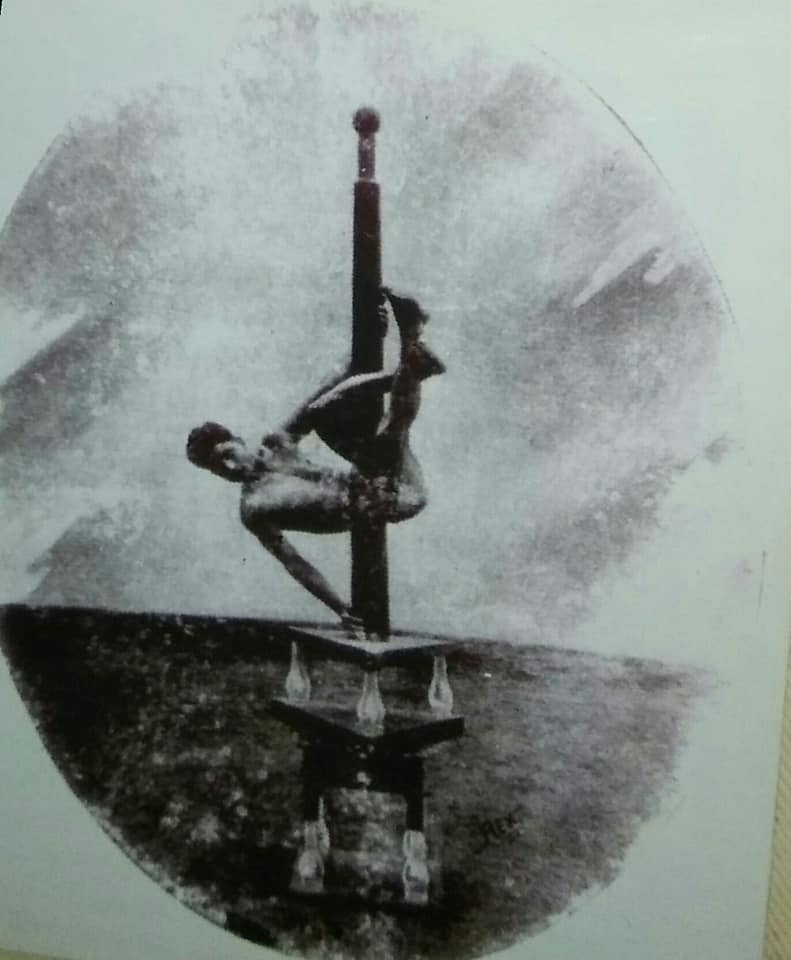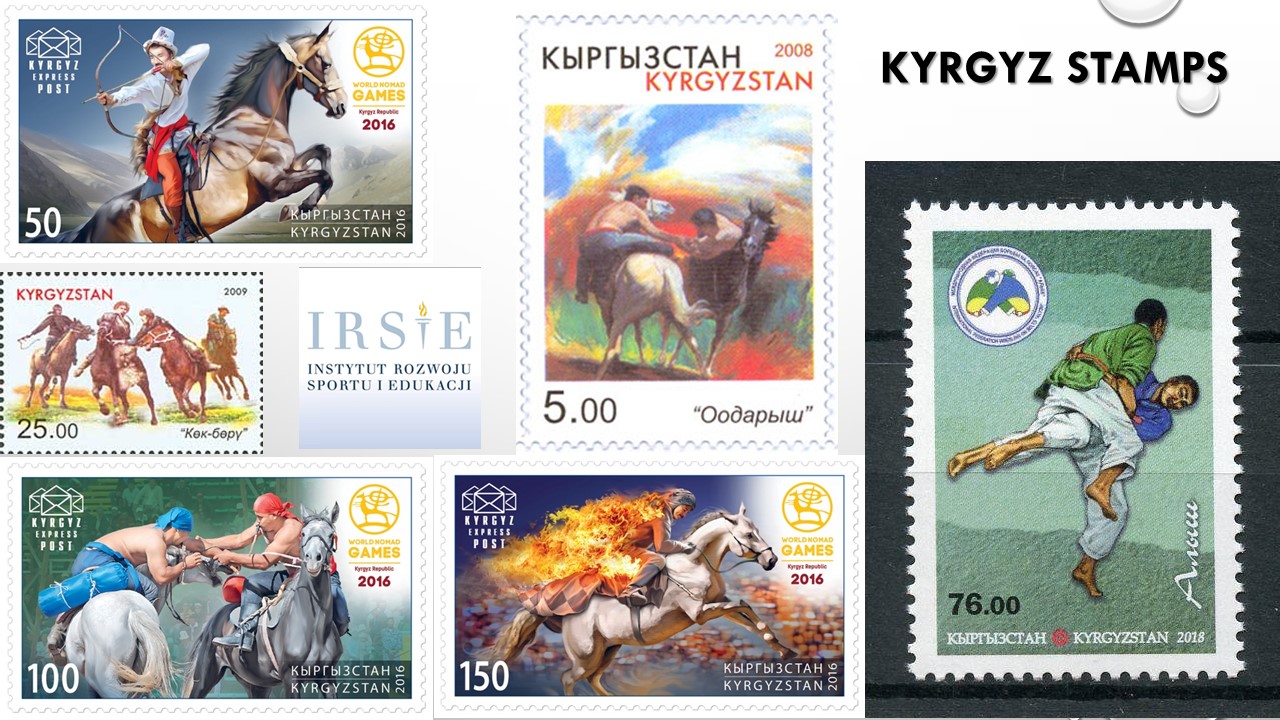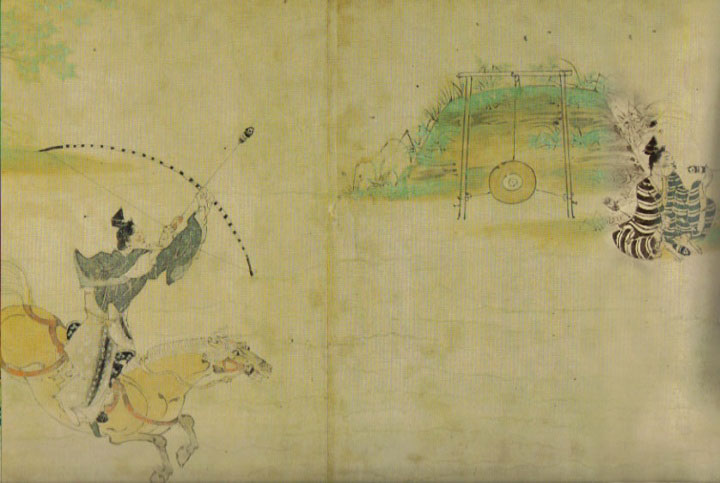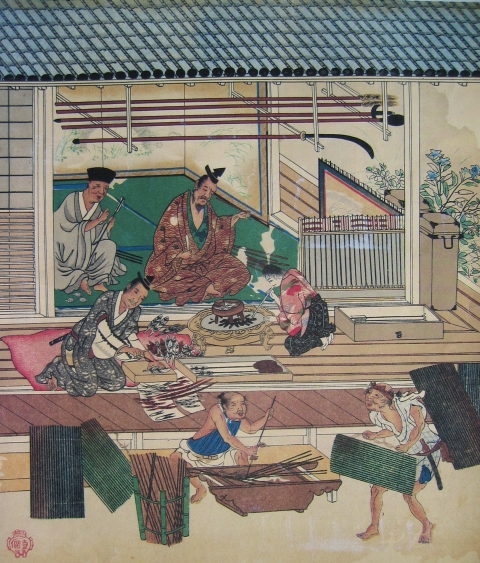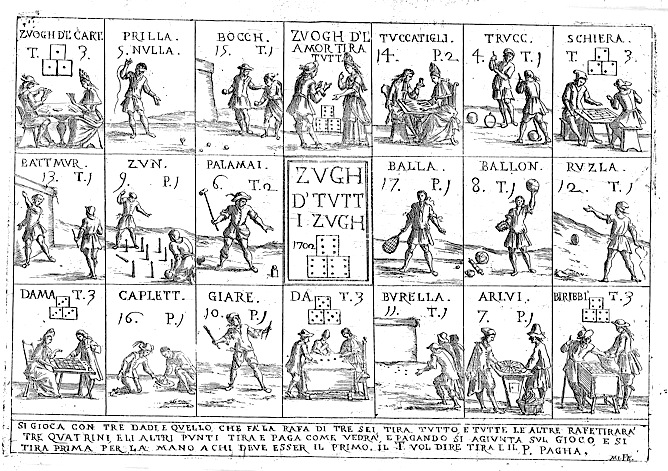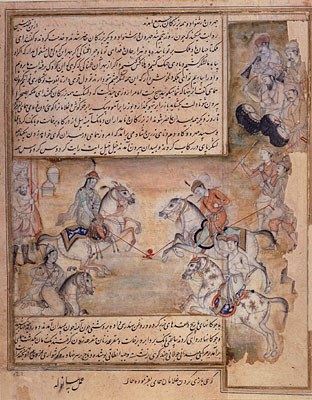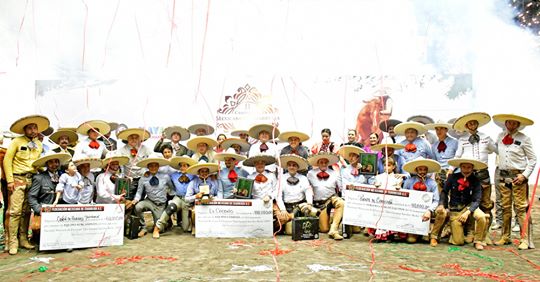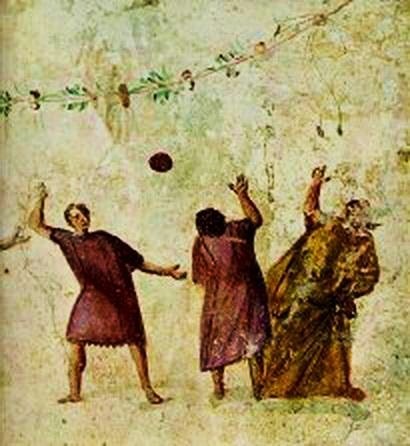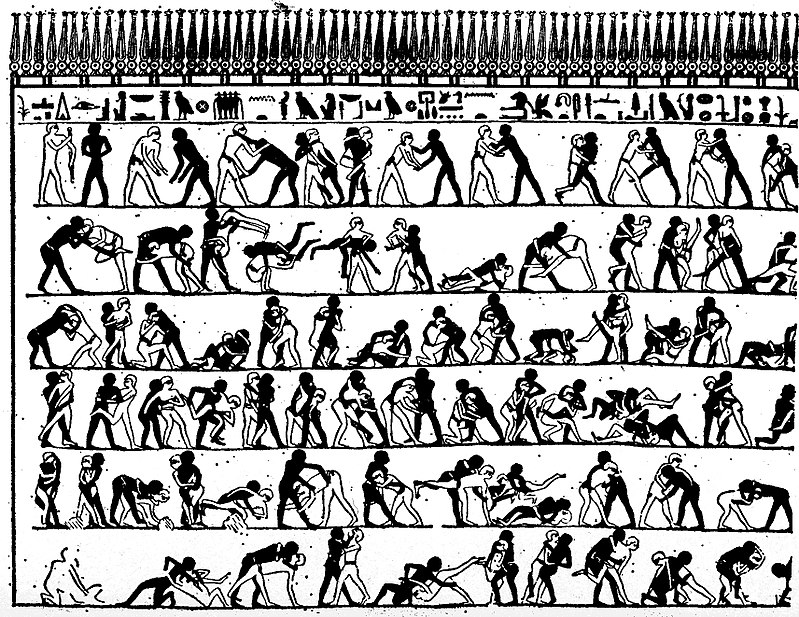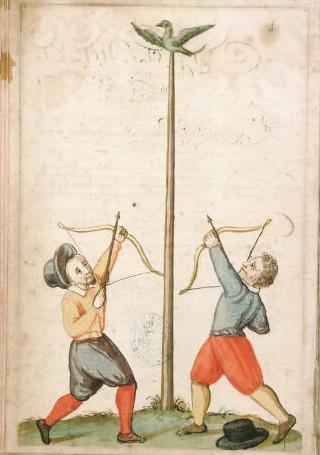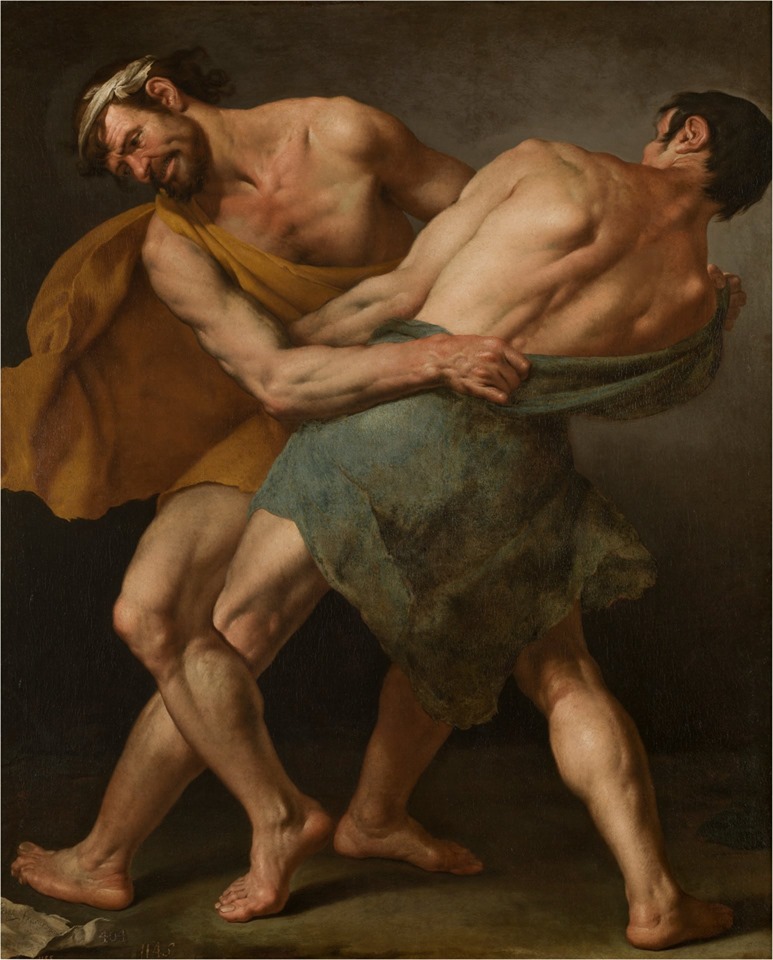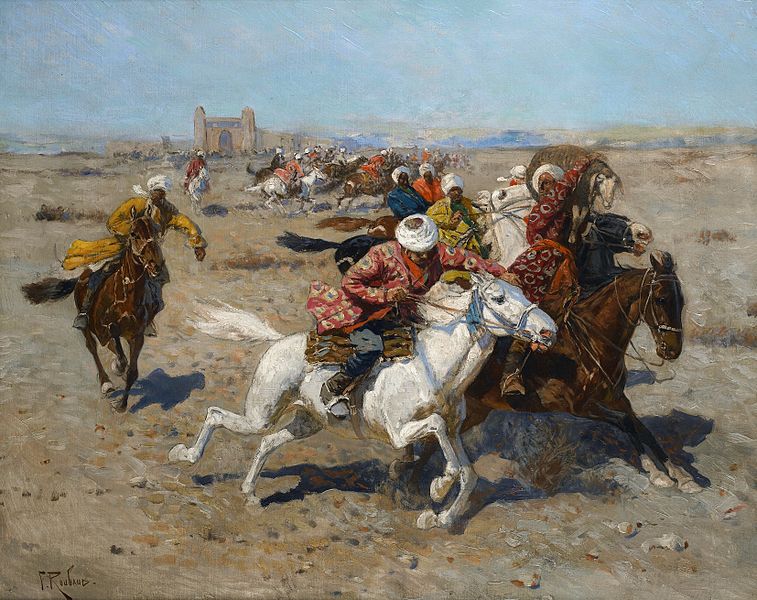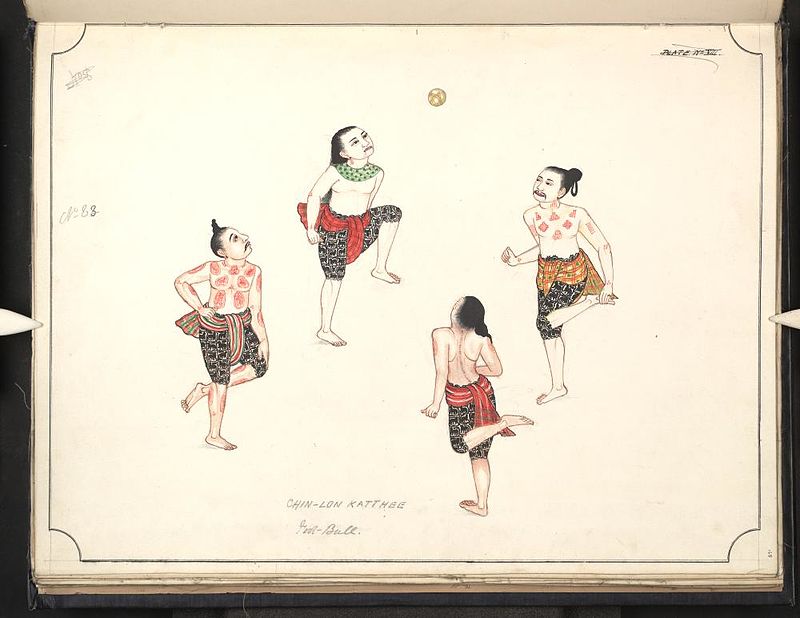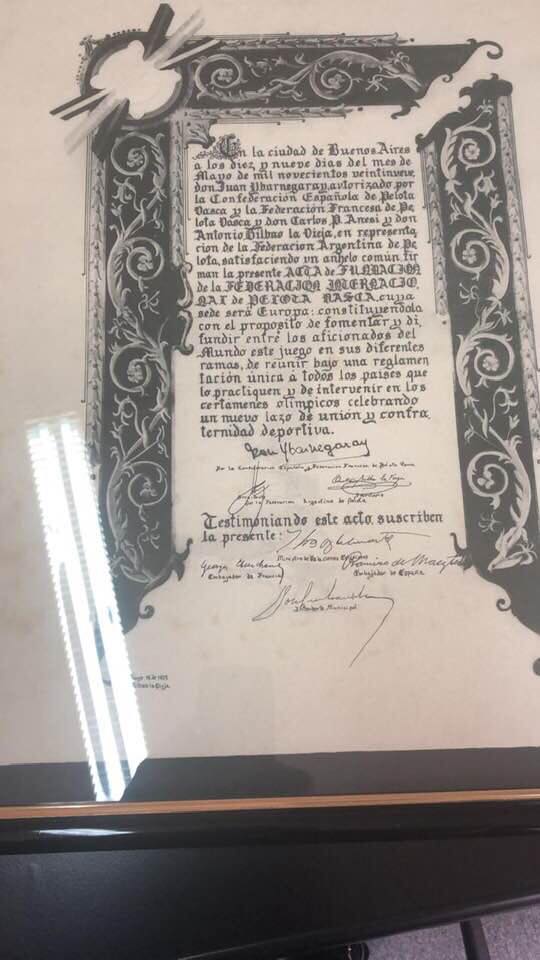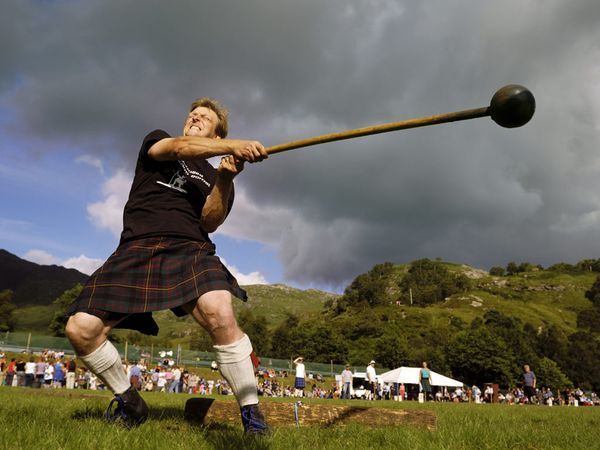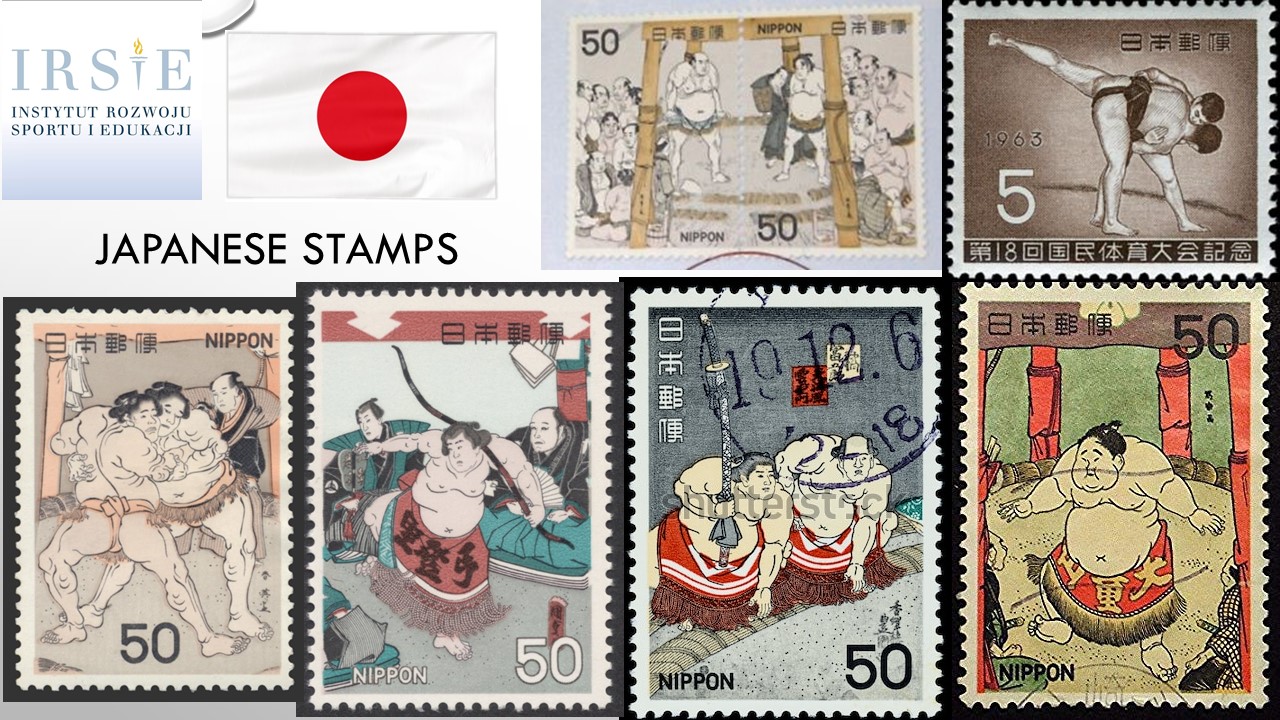Evidence that curling existed in Scotland in the early 16th century includes a curling stone inscribed with the date 1511 found (along with another bearing the date 1551) when an old pond was drained at Dunblane, Scotland. The world's oldest curling stone and the world's oldest football are now kept in the same museum (the Stirling Smith Art Gallery and Museum) in Stirling. The first written reference to a contest using stones on ice coming from the records of Paisley Abbey, Renfrewshire, in February 1541. Two paintings, "Winter Landscape with a Bird Trap" and "The Hunters in the Snow" (both dated 1565) by Pieter Bruegel the Elder depict Flemish peasants curling, albeit without brooms; Scotland and the Low Countries had strong trading and cultural links during this period, which is also evident in the history of golf.
The word curling first appears in print in 1620 in Perth, Scotland, in the preface and the verses of a poem by Henry Adamson. The sport was (and still is, in Scotland and Scottish-settled regions like southern New Zealand) also known as "the roaring game" because of the sound the stones make while traveling over the pebble (droplets of water applied to the playing surface). The verbal noun curling is formed from the Scots (and English) verb curl, which describes the motion of the stone.
A boat was an important element of the Khmers culture, who used it to navigate the waterway, avoiding wild animals. The waterway also solved the communication issue, as it was difficult to build and maintain roads and bridges in those conditions.
Over time, the boats became faster, which was caused, by tactics during the ethnic war and many conflicts. Tuk Ngo boats were created to escape or quickly attack. Therefore, the boat became an inseparable element of the life of people from these areas, as it was a method of transport used to transfer people and cargo.
More: http://www.traditionalsports.org/traditional-sports/asia/ghe-ngo-vietnam.html
The first evidence of kemari was found in the city of Nara (a former capital city) and dates from around 644 AD. It has been recorded in the Nihon Shoki, an ancient historical chronicle. (documents dating back to the Taika Reform). From 1192 till 1333 the game was a popular sport amongst samurai. The rules were standardized from the 13th century. The game was influenced by the Chinese sport of Cuju (the very earliest form of football). The characters for Kemari are the same as Cuju in Chinese. The sport was introduced to Japan about 600, during the Asuka period. Nowadays, it is played in Shinto shrines for festivals. It actually became a compulsory game for the court nobles during the Heian Period. By the Edo era (1603 – 1867), the game’s popularity had extended beyond the samurai to also include townspeople and wealthy landowners: Kemari had become a sport of mass appeal.
More: http://www.traditionalsports.org/traditional-sports/asia/kemari-or-mari-koju-japan.html
The Gili Danda competition in Karachi will take place in a few days. We invite everyone interested.
Karachi Gilli Danda Championship 17 January 2020 Karachi, Sindh Pakistan
We invite you to read the article: http://www.traditionalsports.org/traditional-sports/asia/chovquan-chovqan-azerbaijan.html
African Traditional Games Competitions of Botswana, Nkange River, 2019, December 31
A great event promoting traditional sports organized by Botswana Traditional Sports & Games Confederation.
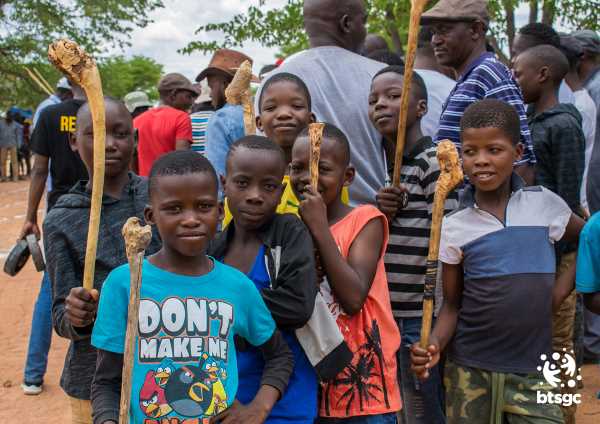
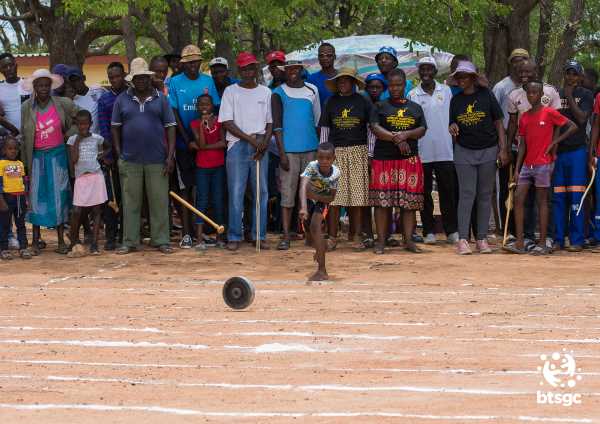
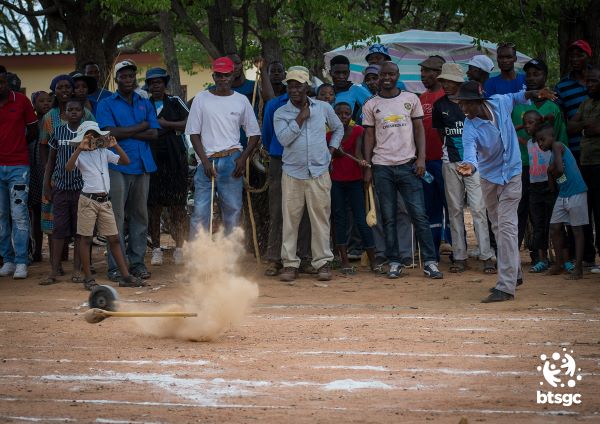
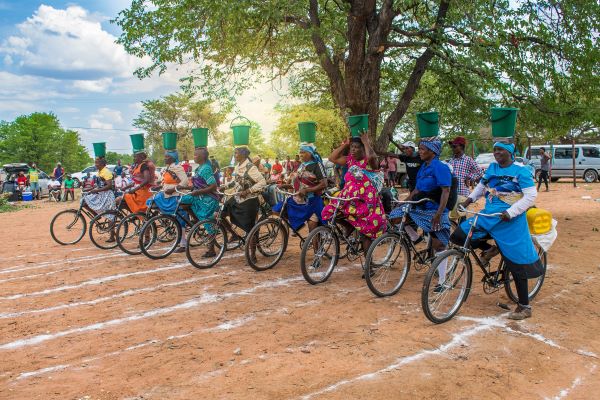
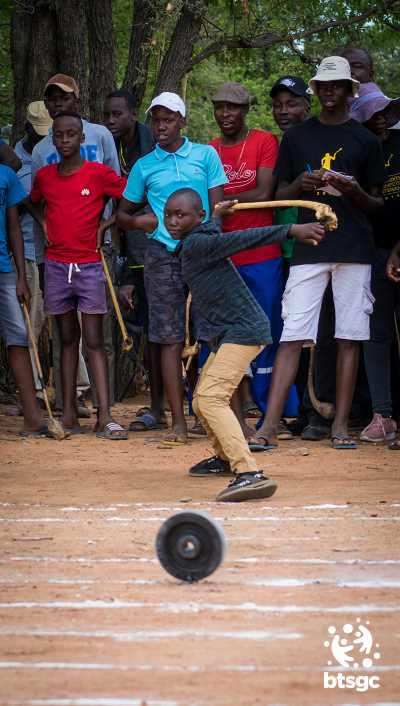
The first evidence of kemari is from 644 AD. The rules were standardized from the 13th century. The game was influenced by the Chinese sport of Cuju (the very earliest form of football). The characters for Kemari are the same as Cuju in Chinese. The sport was introduced to Japan about 600, during the Asuka period. Nowadays, it is played in Shinto shrines for festivals.
It is a non-competitive sport. The object of Kemari is to keep one ball in the air, with all players cooperating to do so. Players may use any body part with the exception of arms and hands – their head, feet, knees, back, and depending on the rules, elbows to keep the ball aloft. The ball, known as a mari, is made of deerskin with the hair facing inside and the hide on the outside. The ball is stuffed with barley grains to give it shape. When the hide has set in this shape, the grains are removed from the ball, and it is then sewn together using the skin of a horse. The one who kicks the ball is called a mariashi. A good mariashi makes it easy for the receiver to control the mari, and serves it with a soft touch to make it easy to keep the mari in the air.
Kemari is played on a flat ground, about 6–7 meters squared. The uniforms that the players wear are reminiscent of the clothes of the Asuka age and include a crow hat. This type of clothing was called kariginu and it was fashionable at that time.
More: http://www.traditionalsports.org/traditional-sports/asia/kemari-or-mari-koju-japan.html
Arrow maker, Ya-shi. From Shokunin Zukusi-zu Byoubu (Kita shrine collection), late 15th - early 16th century.
Zugh d 'tutto zugh (game of all games) and signed lower right MI.FE. The work depicts 21 panels, arranged on three lines, 20 of which depict a traditional game. Autor Giuseppe Maria Mitelli (Bologna, 1634-1718).
From the first box on the top left, proceeding to the right, the games are listed: gioco delle carte, trottola (prilla), bocce, "gioco dell'amore tira tutto" (non identificato), tric-trac (tuccatigli), trucco a terra (trucc), mulino (schiera), battimuro, birilli (zun), pallamaglio (palamai), pallacorda (balla), pallone col bracciale (ballon), ruzzola (ruzla), dama, cappelletto, lippa (giare), dado (da), borella (burella), ? (non identificato), biribissi. According to Gioacchino Priscoglio, the unidentified games correspond to: biglie, filetto, morra, ruota della fortuna.
Attributed to the artist Sanvlah; Queen Humay Playing Polo with Her Slaves, from an illustrated Dara-nama (The Tale of Darab) India; Mughal period (1526–1858), reign of Akbar, ca 1580-1590;The British Library.
Concluyó el Campeonato Nacional Mexicano de Charrería 2019
• El Cócono de Morelos se corona campeón al ganar la final con 334 puntos • La escaramuza Rancho Santa María de Jalisco se llevó el título femenil • Nayarit, Casa de la Gran Familia Charra
More: http://fmcharreria.com/noticias/concluyo-el-campeonato-nacional-mexicano-de-charreria-2019/
Harpastum, also called harpustum, is a ball game during the Roman Empire. The word harpastum is the Latinisation of the Greek ἁρπαστόν (harpaston), ἁρπαστός (harpastos), "carried away"; from the verb ἁρπάζω (harpazo), " to seize, to snatch." The ball used was small and hard.
An Egyptian burial chamber mural, from the tomb of Khnumhotep and Niankhkhnum dating to around 2400 BCE, showing wrestlers in action.
Traditional sports and games are not only for children. They are also great as a type of physical recreation for older people.
On August 29, 2019, at the Vistula University Group in Warsaw, a group of about 60 people - students of the University of the Third Age - had the opportunity to take part in theoretical and practical classes in traditional sports and games.
It was led by an expert on traditional sports at the Institute of Sport Development and Education (Instytut Rozwoju Sportu i Edukacji) - dr Bartosz Prabucki.
During the lecture, the students learned, among others what are "traditional" sports, how to define them and how did the development of global interest in this subject look like by organizations such as UNESCO or the European Parliament. Importantly, seniors also learned about examples of traditional sports, their value and practical application. Polish sports, such as the pierścieniówka and kapele, enjoyed particular interest.
The exercise part is classes in the sports hall. The participants showed a great desire to learn about traditional sports and games: pierścieniówka and kapele. They also played in Swedish throw game - kubb.
The classes met with very positive reception from the students. Both during the lecture and during practical exercises they asked a lot of questions about the origin of traditional sports, their relationships with other games of this type or their current situation. They also gave examples of traditional sports known to them.
Papegai or papegault, depending on the region, is a word in old French that means bird, parrot. After the Crusades, when parrots were brought to Europe, it became fashionable to shoot these birds. Over time, the live animal was replaced by a bird made of wood or cardboard placed on top of a pole or pole, for bow or crossbow shooters, and then for musketeers. This sport also existed in other countries, e.g. in Scotland - Papingo Shooting, in England - Popinjay, in Denmark - Skyde Papegøjen, in the Netherlands - Papengoy.
In the picture: Archers in Avignon, 17th century.
Watercolour painting by an unknown Burmese artist depicting 19th century Burmese life
European Championship and Polish Championship in Traditional Archery

In May, it was the XC anniversary of the foundation of the International Basque Federation Pelota. Congratulations!
The illustration (1529) is in Christoph Weiditz's Trachtenbuch, an ethnographic record on the Aztec Indians in the 16th century. Presents playing the Mesoamerican Ball Game.
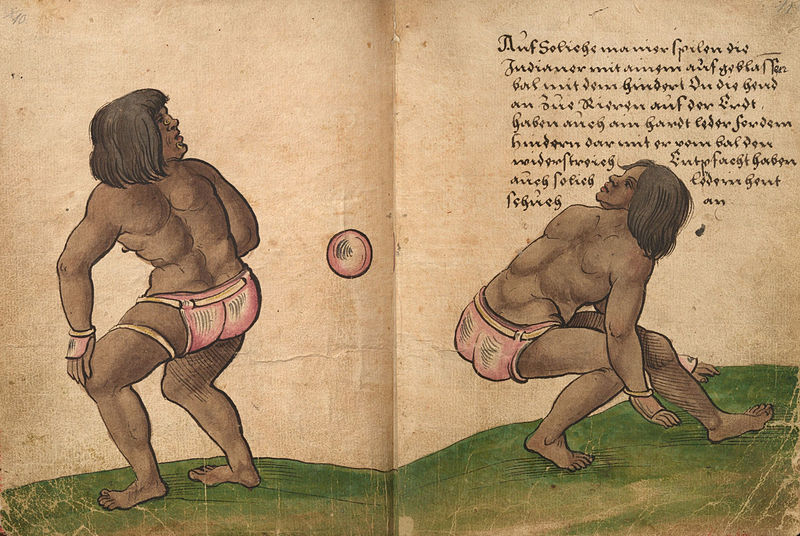
This version of the racquet sport, played either on small courts or simply on the street, originated in Barbados in the 1930s. Most play the game on the road, but officially a court should be 20-feet long and 10-feet across, with an eight-inch ‘net’ on the tarmac. When the game first started, a standard tennis ball was used, but over time the ball was ‘skinned’ with the felt taken off to leave just the inside. Similarly, rackets are wooden – resembling large table tennis paddles without the rubber – rather than the strung composite rackets.
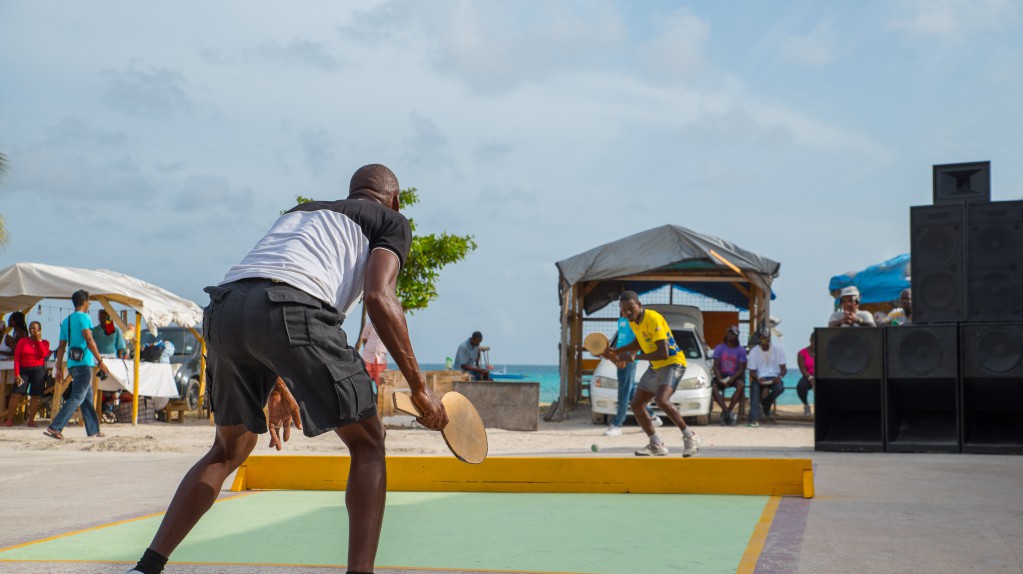
Ethiopia, a country with a history and culture dating back thousands of years, has yet to have its past fully documented and understood.
At the moment, there now exist over 293 registered traditional and cultural sports and games in Ethiopia.
The earliest evidence of one of these games was found in Yeha (modern day Ethiopia) and Matara (modern day Eritrea).
It is dated to between the 6th and 7th century AD during the time of the powerful Aksumite Kingdom and was found in the form of pieces of a pottery board with several rock cuts.
In the 14th century, Giyorgis of Segla who wrote the "Mysteries of Heaven and Earth" in Ge'ez, mentions the word "qarqis", which is a Ge'ez word referring to both the Gebeta and Senteraj board games.
It is widely believed that Gebeta, commonly referred to as Mancala is one of the oldest board games in history.
More recently, Ethiopian Emperors Tewodros, Yohannes IV and Menelik II were documented to have organized and led traditional and cultural sporting events, lavishly awarding the winners.
We recommend a very interesting article on Ethiopian sports and traditional games: https://allaboutethio.com/10-best-ethiopian-traditional-sports-games.html

Artist: Knud Bergslien (1827-1908)
Title: Skiing Birchlegs Crossing the Mountain with the Royal Child.
Depiction of Birkebeiner skiers carrying Prince Haakon to safety during the winter of 1206 has become a national Norwegian icon. The prince grew up to be King Haakon IV whose reign marked the end of the period known as the Civil war era in Norway.
Source: Birkebeinerne på Ski over Fjeldet med Kongsbarnet. The Ski Museum. Holmenkollen, Oslo, Norway.
